Is making a u-turn fatal for business?
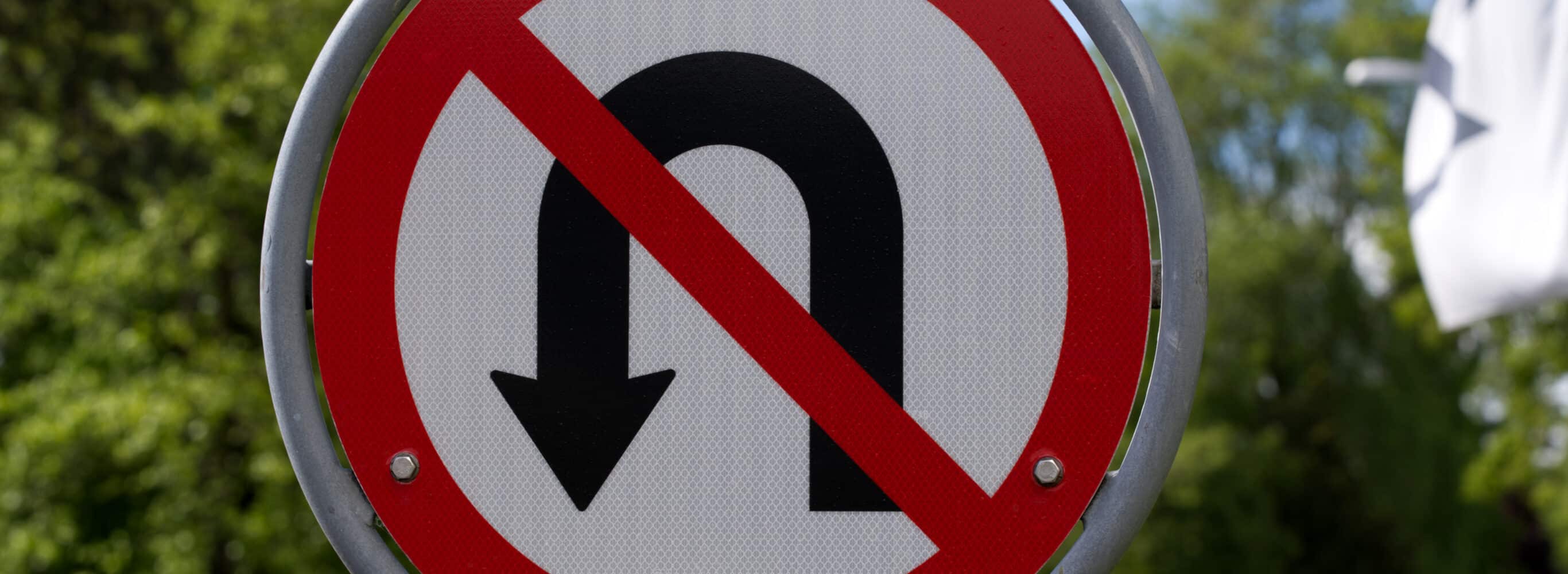
The Iron Lady may have famously said ‘This lady is not for turning’ – but the last year’s events have delivered so much change, and so many speedy policy u-turns, that we’ve been left spinning by politics today. It’s been five months since Liz Truss was ousted from the top job, but we’re still paying the price. As the saying goes, ‘act in haste and repent at leisure.’
Making policy u-turns quickly erodes trust, causing even the most loyal supporters to drift away, if shared beliefs and goals are cast aside. This is a truth that applies in life, not just in politics, and one that brands wrangle with when they want to evolve their image or offering.
Weight Watchers
In 2018, Weight Watchers changed not just its brand identity but its core proposition too.
The brand had been known as Weight Watchers since its launch back in 1963, and had become an instantly recognisable name in the weight loss world. They invented the idea of counting calories or points after all.
But as the modern world became infatuated with social media and body positivity, the company judged its brand old-fashioned and out-of-touch. They were in need of a face lift, to broaden their reach.
Weight Watchers had suffered badly as a new wellness culture started to emerge. They wanted to attract the millennials who had aspirations of a healthy body, to them, healthy was not necessarily thin. By autumn 2015, the company had reported 10 straight quarters of declining sales. They knew they had to change.
The Weight Watchers identity was slimmed down to a stacked WW, which was echoed by the new tagline ‘Wellness that Works.’ The emphasis was on health and wellness as opposed to counting calories.
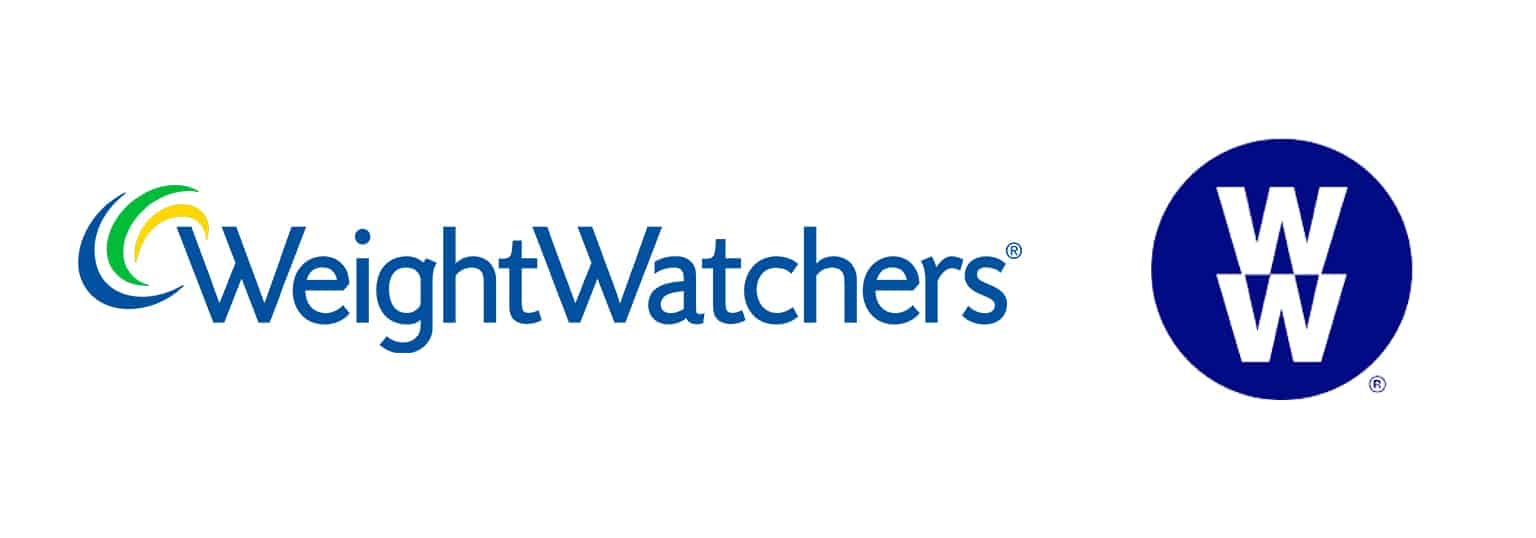
But soon: ‘The company formerly known as Weight Watchers looked like it had been on a crash diet as its members dropped away.’ (Source: BBC 2019) After the company missed full-year forecasts and were warned on profits, Chief Executive Ms Grossman admitted to analysts that using the word “weight” in its marketing actually carried more weight.
This was an exercise in what can be lost when the desperation to appeal to new audiences or attract social followers means that the existing audience is forgotten. Weight Watchers had failed to recognise the needs and goals of a huge portion of their active members. You can’t remove your core customer value or benefit – in this case you can’t take weight from Weight Watchers if almost all members join in a bid to lose weight.
It is an age old problem. Brands must evolve to stay relevant and attract new demographics, but paving the way for change is vital, understanding your audience and considered communication should always come before making a rash decision.
It was rumoured that Weight Watchers’ shareholders hadn’t been sold on the name change, and voiced their concerns before the demise of the old branding. Their voices were not given the consideration they deserved. Perhaps they were seen as out-of-touch or resistant to change. But the red flags that shareholders were waving should have been the cue to implement research and testing, which might have helped avoid the catastrophic and costly fallout – by acting too quickly, Weight Watchers’ name change caused shockwaves in the markets.
Weight Watchers saw its share price fall by 36% in the month after the company announced the name change.
https://thebrandgym.com/weight-watchers-shares-drop-36-after-name-change-nonsense/Weight Watchers announced their fundamental change in direction and identity, possibly without implementing a good communication strategy first. If their updated brand strategy and mission had been shared with clear benefit-driven messaging, across all relevant channels, they might have generated awareness and have gotten away with it.
But it seems they fell into the age old trap of thinking that modernising a brand is just a matter of refreshing the logo.
A brand’s identity and name are the brand to the customer. To change a name means throwing away, in the case of Weight Watchers, 59 years of brand awareness and recognition.
At Michon we always assess any positive brand equity an identity has before prescribing change. Often an evolution is far better than a revolution, starting with subtle logo and tagline updates, before testing to gain vital audience reactions. In a well-informed rebranding process, changing a brand name is always the last step.
Weight Watchers, like the Tories, stuck to their plans – but made a partial and vital u-turn after listening to the markets. They brought back the words Weight Watchers, as a qualifier to sit beside the WW icon. Their social media logo says, ‘WW Weight Watchers Reimagined.’
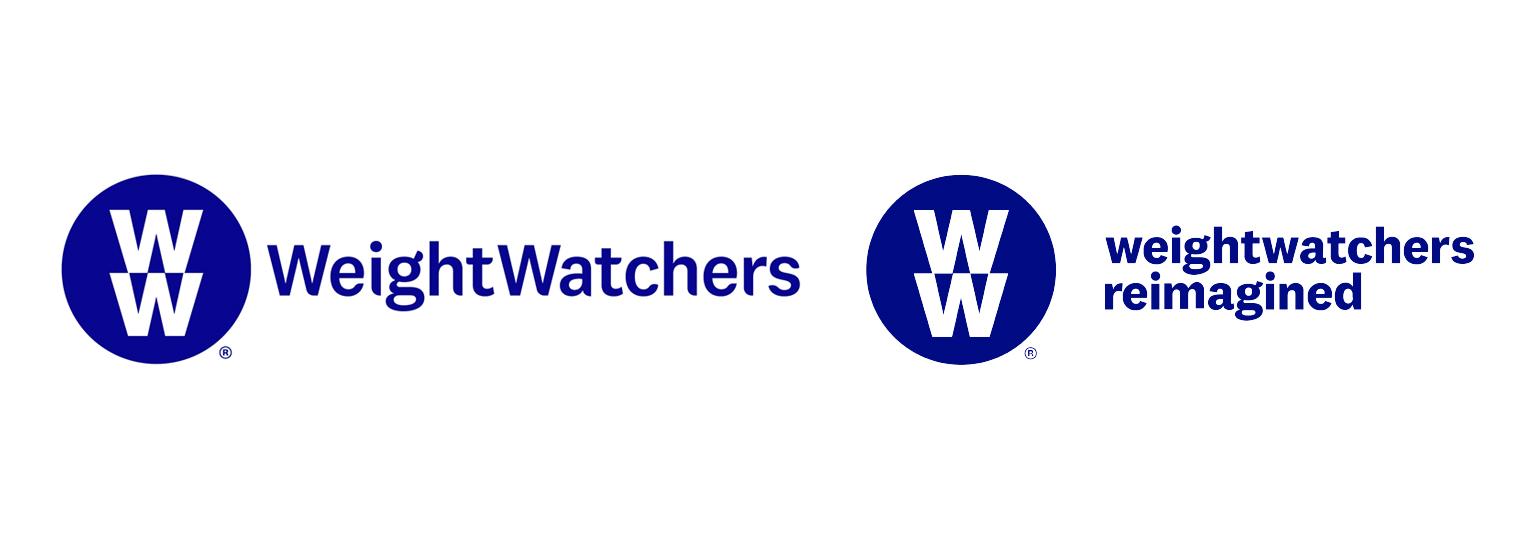
Their website declares that they can help you; ‘Lose weight and gain healthy habits – for life.’ And, ‘Make healthy habits happen. For weight loss that works – and lasts.’
At least now they have their priorities, and those of their primary audience, in order.
A u-turn can help avoid some of the losses incurred by a failed rebrand, but it inevitably comes at a cost. Rebranding isn’t cheap, but a rescue campaign and secondary rebrand inflates costs considerably.
Chasing trends and worrying about the social media effect can also cost you brand loyalty, which can be fatal.
WW had lost their weight in the industry, and over 600,000 members in the second half of 2018.
BBC 2019Counting the cost
Weight Watchers isn’t the only brand to have fallen foul of not taking time to understand their loyal customers. These brands also failed to successfully navigate rebranding without a costly u-turn.
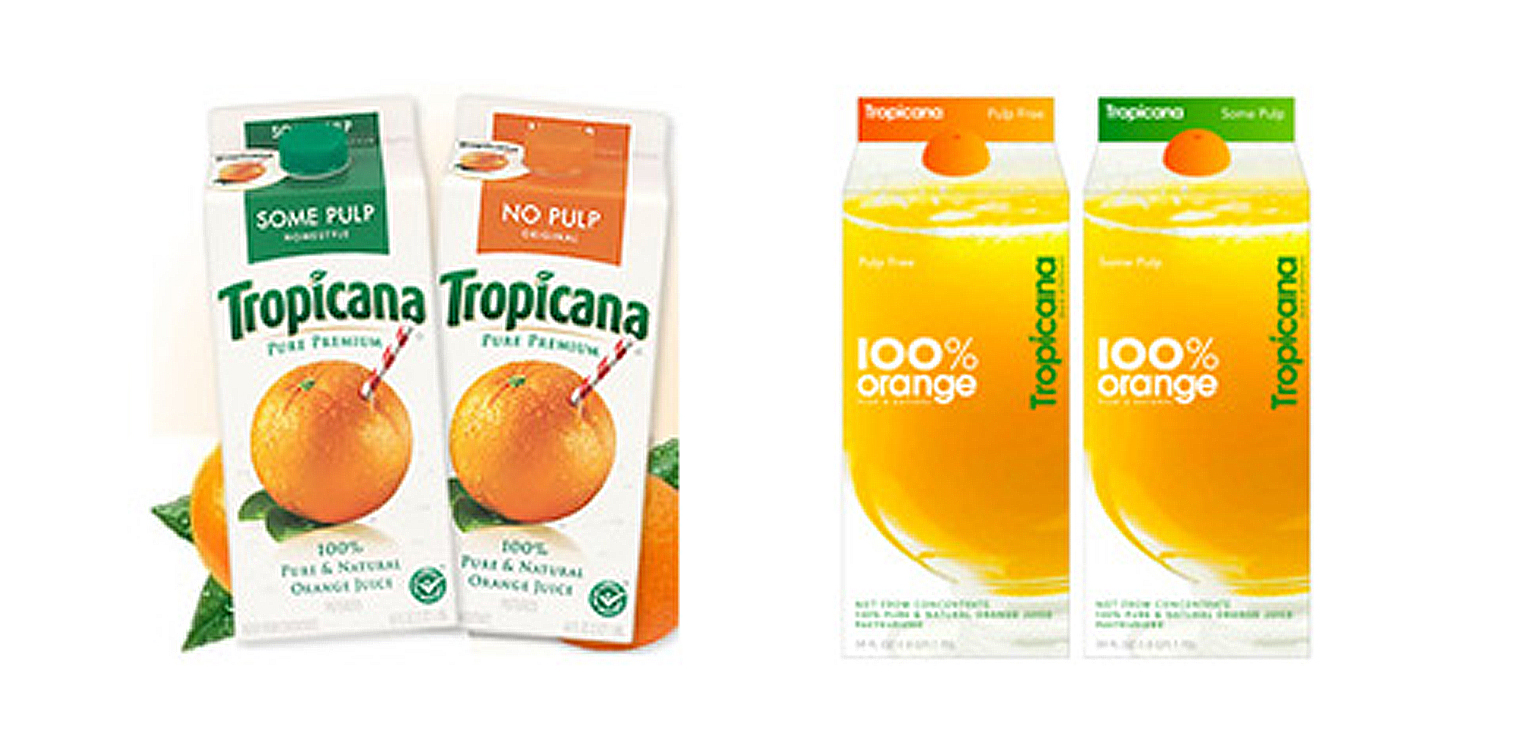
Tropicana repealed the orange
PepsiCo underestimated consumers attachment to Tropicana’s orange with a straw in it. When the new cartons hit the shelves in 2009, they were described as looking like a ‘store brand.’
Estimated lost sales: $137 million.
Source: https://www.canny-creative.com

British Airways turned tail
British Airways rebranded its entire fleet of planes in 1997, replacing the trademark Union flag on the tail fin (created for $1million by The Landor & Fitch in the 1980s), with designs created by artists from all over the world. British flyers – who make up 40% of their customers – weren’t impressed, and in 2001, shortly after a change of leadership, British Airways flew the flag again, to reflect their British heritage.
Estimated rebrand and then reversion: £65 million.
Source: The Beauty of Transport
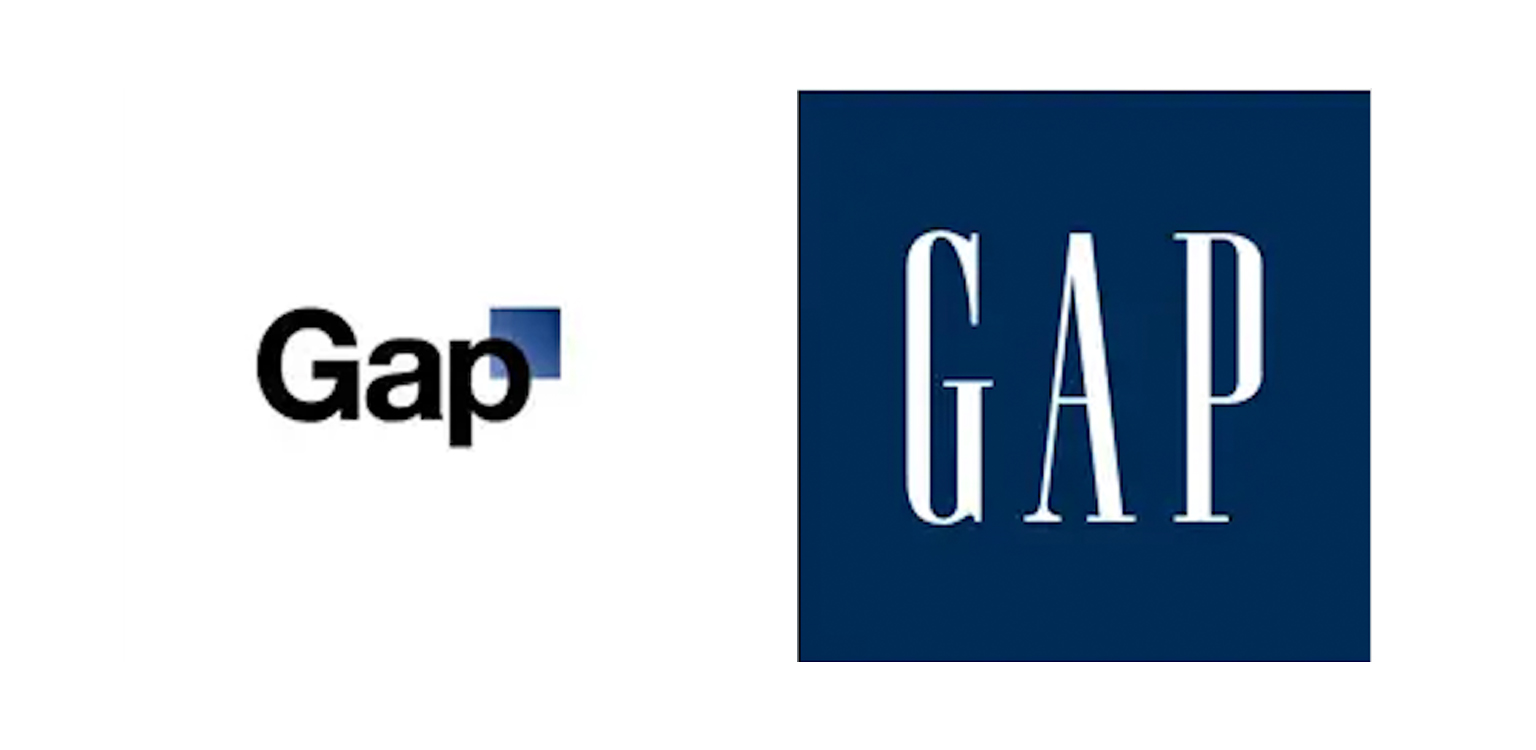
Gap made a quick change
Gap’s 2010 rebrand was met with a such extreme negativity, that just a week later, they reverted to the original logo.
Estimated rebrand cost: $100 million.
Source: https://www.canny-creative.com
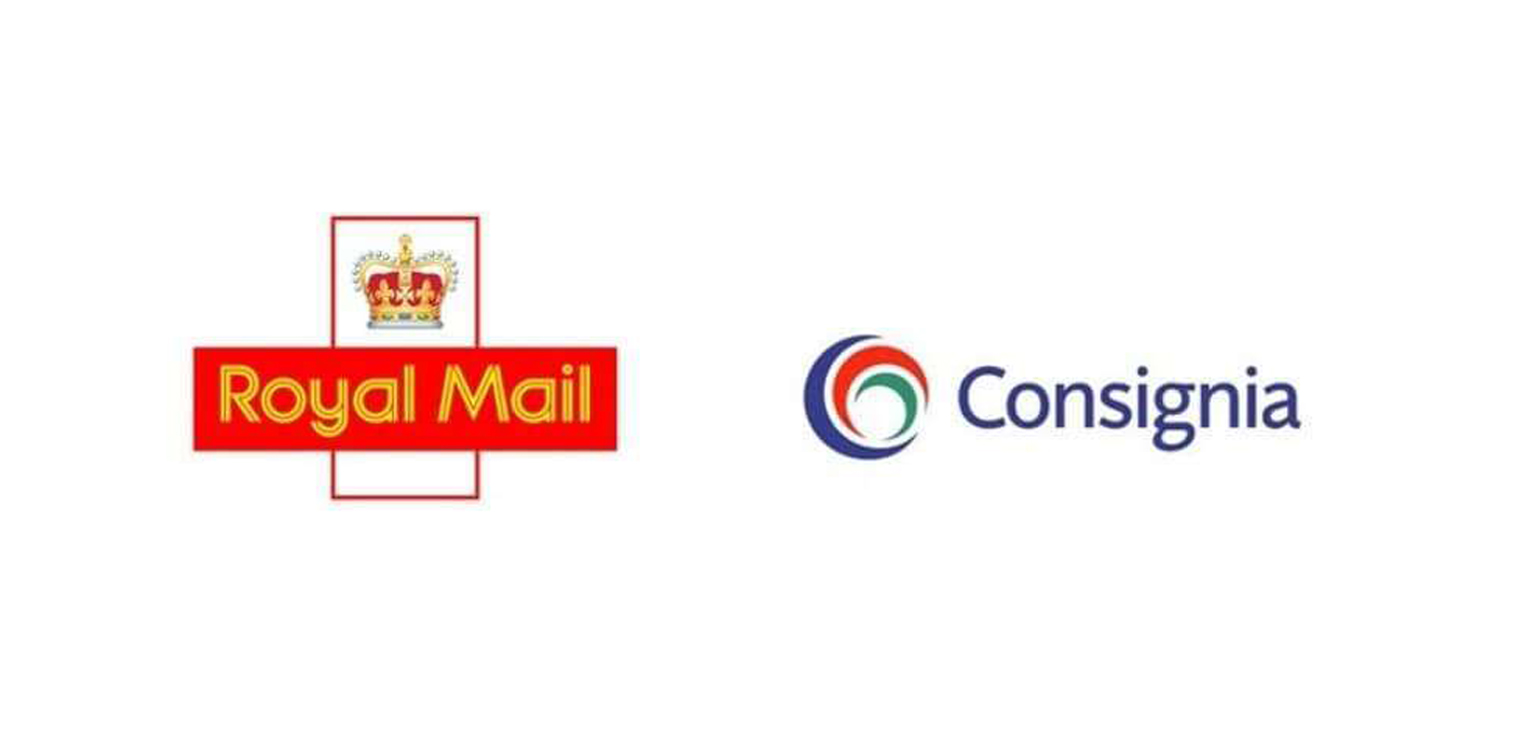
A right royal mess
Royal Mail announced the company name and brand was changing to Consignia in 2001. After just a year with the name, they quickly reverted back to Royal Mail.
Estimated rebrand and u-turn cost: £2.5 million.
Source: https://www.canny-creative.com
How to avoid a costly u-turn
If your business strategy has evolved faster than your brand, you’ll need to decide between an evolutionary and a revolutionary approach.
- Define and understand the value and equity that exists within the existing brand.
- Conduct customer research to understand both your existing and target audience’s wants and needs.
- Test any changes on a selection of existing and new target audiences.
- Implement a good brand communication strategy. Tell people about the changes and communicate the benefits clearly.
And, if a rebrand hasn’t worked out, then ‘u-turn if you want to,’ but only after research reveals the direction your audience really wants and needs you to go in.
Do you need help with your rebrand or brand repositioning? Get in touch – we’d love to help. Alternatively, for the latest marketing and branding news, take a look at our Articles page.